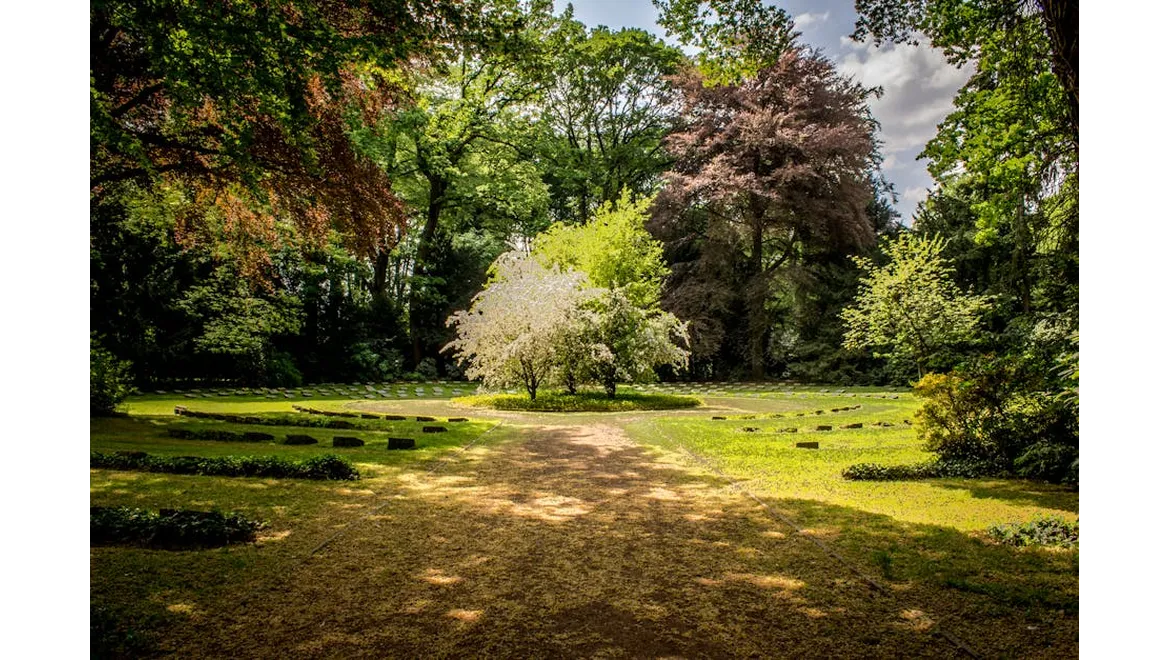Right, grab a cuppa and let’s chat about something close to my heart – and increasingly, to my waistline: gardening! You see, I’m a bit of a gardening articles obsessive. I pore over tips on companion planting, landscaping ideas for small spaces (my little patch is bijou, to say the least!), and even dream about the day I can justify adding an orangery to really enhance my garden experience. But recently, I’ve been focusing on a particular area: the therapeutic benefits of gardening, both mental and, surprisingly, physical.
And that’s where my chat with James comes in. James, a retired teacher with a seriously impressive vegetable patch, is living proof that gardening is far more than just a hobby; it’s a genuine workout disguised as green therapy. I caught up with him amidst his prize-winning tomatoes (jealous!) to pick his brains about the physical perks of potting.
“Honestly,” James chuckled, wiping his brow with a soil-stained hand, “I feel fitter now than I did ten years ago! Forget the gym; my garden’s my personal training studio.” He explained how tasks like digging, weeding, and even just hauling bags of compost are surprisingly strenuous. We talked about the different articles focusing on how to maximise garden space and improve the quality of life. James explained how the mental benefits of gardening are undeniable, but he feels that we should focus more on the physical benefits.
And he’s right! Think about it. Digging requires strength in your arms, back, and core. Weeding, especially those pesky deep-rooted ones, is a fantastic leg and core workout. Even deadheading roses hones your dexterity and coordination. James mentioned reading an article about the importance of using correct posture while gardening, saying it reminded him to engage his core and keep his back straight when lifting.
So, how many calories are we talking? It varies, of course, but common gardening tasks are definitely more active than you might think. According to various sources I’ve cross-referenced (told you I was obsessed!), an hour of weeding can burn around 200-300 calories, digging could see you torching 250-400, and even lawn mowing comes in at about 250 calories. That’s a decent slice of cake (or two!) you can justify burning off whilst connecting with nature. James then went on to tell me that this depends on the method by which you are mowing the lawn, telling me that articles written about petrol powered mowers don’t provide a good workout, especially if self-propelled. He recommends manually pushing an old mower across your lawn to burn the most calories. I said I had to disagree!
But it’s not just about calorie burning; it’s about overall fitness. James emphasized how gardening has improved his strength, endurance, and flexibility. He demonstrated how he stretches before and after his gardening sessions, much like any other workout. He even showed me some simple stretches he learned from an article about preventing gardening injuries – focusing on his back, shoulders, and wrists. These injuries can be a big issue but James explains that it is important to remember your limits and stay hydrated.
He was particularly enthusiastic about the benefits for older people. “It keeps you active, both physically and mentally,” he said. “It gives you a sense of purpose, a reason to get out of bed in the morning. And it’s social! I’m always chatting with my neighbours about our gardens.” James is not alone as there are numerous studies highlighting that gardening enhances the mental wellbeing of older people. By providing an opportunity for social interaction, fostering a sense of purpose, and promoting physical activity, gardening contributes significantly to maintaining and improving cognitive function in old age.
He also stressed the importance of adapting your gardening to your abilities. Using raised beds, lightweight tools, and taking frequent breaks are all crucial for preventing injuries and making gardening accessible to everyone. James had an article about raised beds saved on his tablet to show me, explaining how they save his back from lots of bending.
So, taking on James’s advice and my recent research, it’s clear: gardening is a fantastic way to improve your physical health. It’s a low-impact, enjoyable activity that can be adapted to suit all ages and abilities. From improving strength and endurance to enhancing dexterity and coordination, the physical perks of potting are undeniable. So, get out there, get your hands dirty, and get fit the green way. It’s more than just making your garden look beautiful; it’s making you feel beautiful too!


